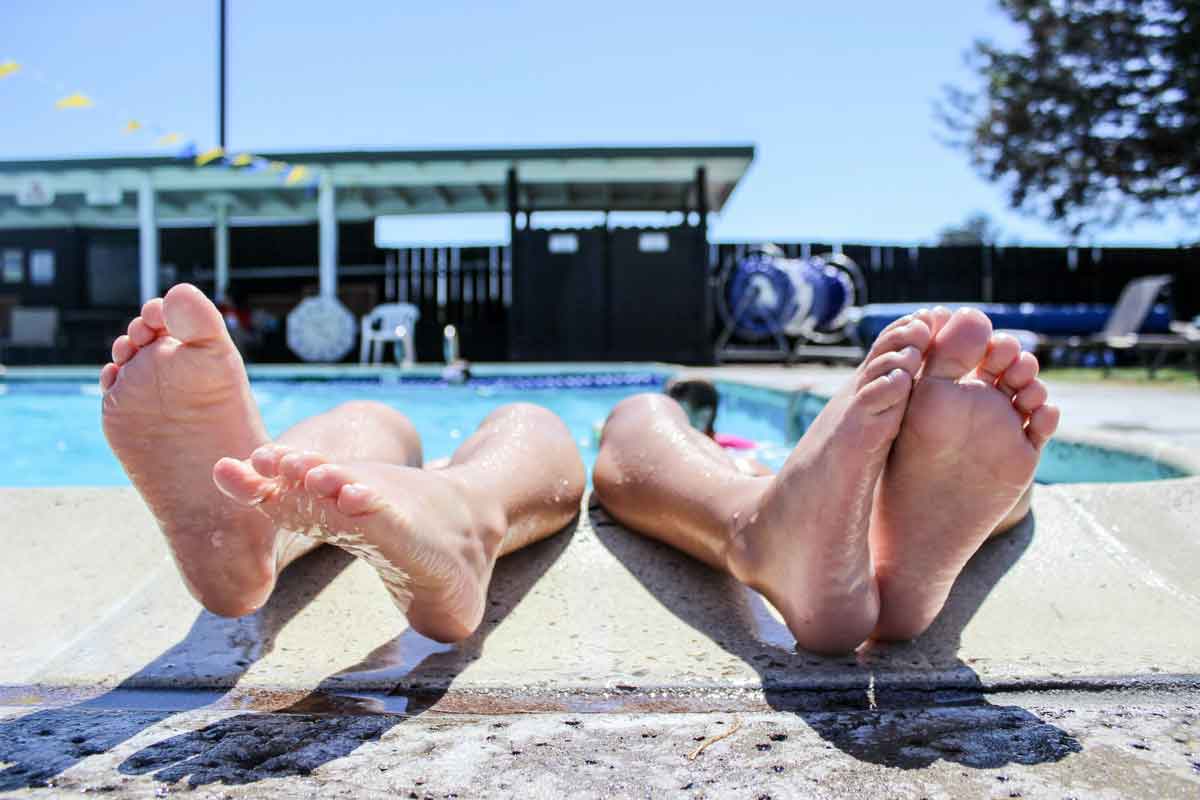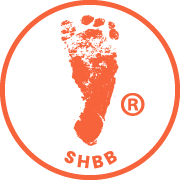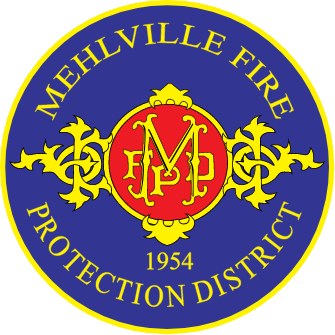Know the Signs: Recognizing and Responding to a Heat Related Emergency
As the summer sun starts to intensify during July, the risk of heat related emergency situations becomes a serious concern. While we all love enjoying the outdoors, it’s crucial to understand that extreme heat can quickly turn from uncomfortable to dangerous. The Mehlville Fire Protection District wants to ensure our community stays safe and informed. Knowing the signs of heatstroke and heat exhaustion isn’t just good practice, but can be the difference between a close call and a life-threatening situation.

Understanding the Spectrum of Heat Related Emergency
Heat related illnesses represent a wide range of conditions that arise when the body’s ability to naturally cool down gets overwhelmed. These conditions can start mildly and escalate rapidly if not addressed. The earliest warning sign often comes in the form of heat cramps, which are painful muscle spasms, typically in the legs, arms, or abdomen, that come as a direct result of excessive sweating. If you or someone you know experiences heat cramps, immediately move to a cool place, rest, and rehydrate with water or a sports drink, gently stretching and massaging the affected muscles.
A more serious heat emergency is heat exhaustion, occurring when the body loses a significant amount of water and salt through profuse sweating. This condition, if left untreated, can quickly progress to the life-threatening state of heatstroke. The signs of heat exhaustion include heavy sweating, skin that feels cool, pale, or clammy, a throbbing headache, dizziness or lightheadedness, nausea or vomiting, continued muscle cramps, a general feeling of weakness or fatigue, a fast but weak pulse, and even fainting.
If you encounter someone exhibiting these symptoms, act quickly. Move them to a cooler environment, such as a shaded area or an air-conditioned room. Lay them down with their legs slightly elevated, loosen or remove any tight clothing, and encourage them to sip cool water or a sports drink slowly. Begin actively cooling them by applying wet cloths or cool compresses to areas like the neck, armpits, and groin, or by fanning them. It’s vital to monitor their condition closely; if their symptoms worsen, they become confused, lose consciousness, or are unable to drink fluids, seek out immediate medical help.
Heatstroke: A Life-Threatening Heat Emergency
Heatstroke represents the most severe form of heat related emergency and you should call emergency services if you see any signs of it. It occurs when the body’s internal temperature regulation system completely fails, causing the core body temperature to rise dangerously high, often to 104°F or higher. This can lead to permanent organ damage, brain damage, and can be fatal if not treated with extreme urgency.
The signs of heatstroke include an extremely high body temperature (104°F or higher), and skin that is hot, red, and may be either dry or damp (contrary to common belief, a person with heatstroke may still be sweating). Other severe indicators are confusion, an altered mental state, slurred speech, irritability, delirium, a rapid and strong pulse, rapid and shallow breathing, persistent headache and dizziness, nausea or vomiting, seizures or convulsions, and unconsciousness or fainting.
If you suspect heatstroke, call 911 or your local emergency number immediately, as this is a critical medical emergency. While awaiting emergency services, move the person to the coolest possible area and begin active cooling measures without delay. This involves removing excess clothing, fanning air over their body while wetting their skin with cool (not cold) water, and applying ice packs or cool, wet towels to the neck, armpits, and groin. If feasible, immersing them in a tub of cool water is also recommended. It is crucial not to give the person fluids if they are unconscious or confused. Remain with the individual until professional medical help arrives.
As mentioned, don’t use cold water to cool someone down while they are suffering from heatstroke. While you would think that using ice or something similar would help rapidly cool them down, this actually puts them in danger. Rapidly cooling someone down can put the body in shock, causing the heart rate to spike, which could lead to a heart attack. Stick to cool water to lower their temperature safely.
Be Prepared and Stay Safe
Recognizing the signs of heatstroke and heat exhaustion is essential for everyone. Pay close attention to yourself and those around you when outside in the heat. If anyone looks like they are beginning to wither under the sun, it’s time for a break.
The Mehlville Fire Protection District encourages all residents of Eureka and surrounding areas to take these warnings seriously. By knowing what to do in a heat emergency and acting quickly, you can help prevent severe outcomes and ensure a safer, healthier summer for our community. Stay safe and hydrated so you can enjoy the sun as much as possible this summer.


